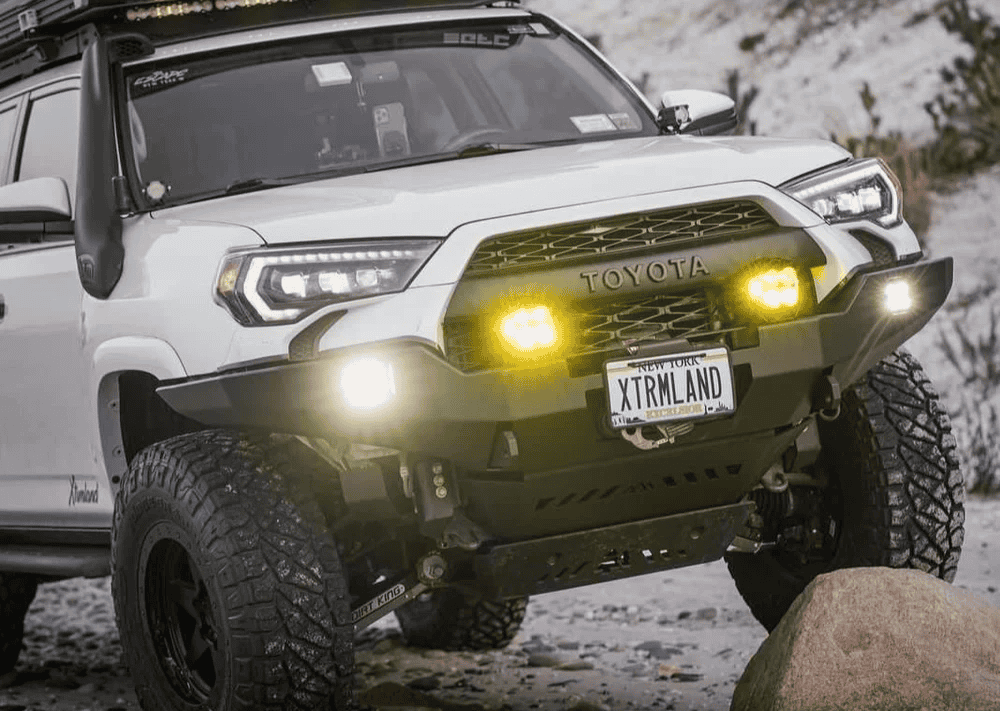Overland Vehicles

Clean water begins with understanding what you are treating and how fast you need it delivered. Source water varies wildly from municipal taps to campground spigots, wells, and surface water. Each source carries different risks, from sediment and rust to taste, odor, and microbes. Your water filtration system setup should be built around the worst source you expect to use, not the best one you hope for.
Flow and pressure shape everything. Hand pumps and gravity feeders are gentle, while onboard pumps deliver higher pressure that can push water through tighter micron filters. A pressure regulator protects housings when you connect to city water. An accumulator tank evens out pulses from a diaphragm pump, improves taste by reducing aeration, and helps filters last longer.
Start with a quick profile of your common fill points, then pick target micron ratings and flow rate. For general use, a sediment stage at 20 to 5 micron protects finer media, while a carbon block at 5 or 1 micron improves taste and removes chlorine and many VOCs. If you expect high turbidity, add a coarse prefilter ahead of the finer stages. Make sure your pump or gravity head can maintain your preferred sink or shower flow after filtration.
Most mobile and off grid stacks follow a simple order. Sediment first to keep grit out of the more delicate media. Carbon next for taste, odor, and chemical reduction. Then disinfection. In a compact system, that last piece might be UV or chemical dosing. UV needs clean water and enough exposure time, so obey the lamp’s flow specification and replace the lamp on schedule. Chemical disinfection is lightweight and robust, but you will want carbon after it if taste matters.
Cartridge style housings are common and easy to service. Inline filters save space but can be harder to change. Quick connect fittings simplify maintenance, but always use food grade tubing and secure every line against vibration. In vehicles, mount housings vertically with service access below, and include a bypass so you can still flow water if a cartridge fails on a trip.
A proven three step layout is sediment, carbon block, then UV. For high sediment loads, insert a washable screen or pleated element in front. If you are building a drinking only branch, consider a final polish filter at the faucet. Reverse osmosis is excellent for minerals and salts but wastes water and is slow, so it fits fixed locations better than small rigs unless you design around a storage tank and patient refills.
Good plumbing is as important as the cartridges. Use NSF rated components, keep suction lines short and free of kinks, and place the pump low and close to the tank. Add a check valve and an air gap or dedicated fill to prevent contamination. Label every valve direction. Color code hot, cold, and filtered branches to simplify service. Where freezing is possible, place drains at the lowest points and keep filters where you can remove them for cold storage.
Testing closes the loop. A handheld TDS meter shows mineral content trends, not potability, but it can warn of RO membrane issues. Free chlorine test strips confirm residual disinfectant at a campsite. Coliform tests provide a better safety check when you have time. Keep a small log of filter changes, dates, and notes on unusual sources. That record makes troubleshooting faster when flow or flavor changes.
Sanitize tanks and lines with a measured chlorine solution at regular intervals, then flush through every branch. Before winter, drain housings, crack fittings to release trapped water, and store cartridges indoors. In dusty seasons, expect to rotate sediment filters more often. When flow drops, check for clogged aerators and kinked lines before blaming the media.
Most of these principles apply whether you are setting up a home, cabin, or rolling rig. In mobile platforms, space, vibration, and serviceability are the big constraints. Place heavy housings low, add vibration isolators to pump mounts, and use support clips so fittings do not carry weight. Design for clean service at a trailhead or campsite with a simple tool roll and spare cartridges sealed in bags.
For travelers who want a turn key integration, professional installation in a vehicle matters. Routing, wiring for UV, pressure relief, and cabinetry clearances are easier when planned with the entire build. If you want to see how a complete adventure platform comes together, take a look at Explore overland rigs to understand how systems slot into real world layouts.
When the trip plan demands more than a countertop filter, staged filtration and disinfection become part of the safety plan just like tires and brakes. That is where a focused integration helps. Our team designs compact stacks that respect clearances, service access, and noise control while protecting your tank and fixtures.
If you are mapping a full system into a truck or van and want expert integration with power and plumbing, see Custom overland upfit for build paths that support long range travel. Curious about process, materials, and handoff experience, read Why choose OZK Customs to learn how we plan, build, and deliver.
A dependable water plan changes how you travel. Share your route, headcount, and typical sources, and OZK Customs will spec, install, and test a filtration system that fits your cabin or vehicle. We integrate pumps, regulators, sediment and carbon stages, and disinfection, then walk you through use and care so you roll out confident and ready.
Ready for safe water on every mile. Tell us how you travel, and our team will design and install a filtration system that fits your rig, space, and budget. Submit the form to get a tailored plan, timeline, and quote from OZK Customs.
ADDRESS:
6159 E Huntsville Rd, Fayetteville, AR 72701
PHONE:
(479) 326-9200
EMAIL:
info@ozkvans.com